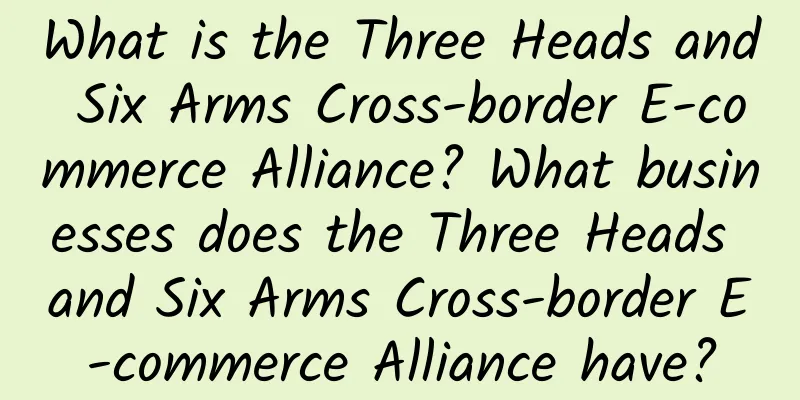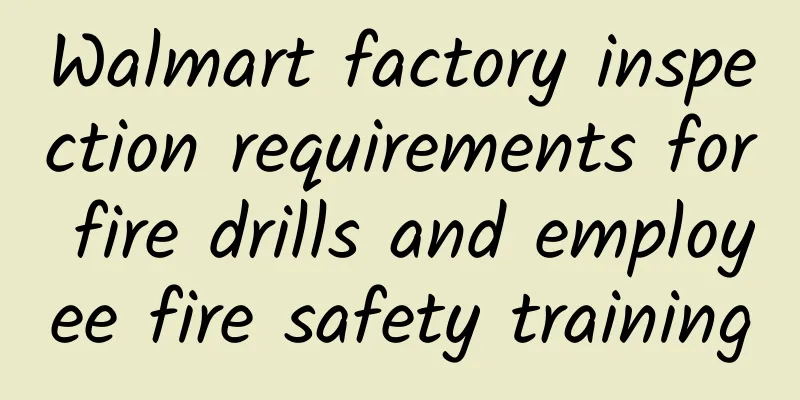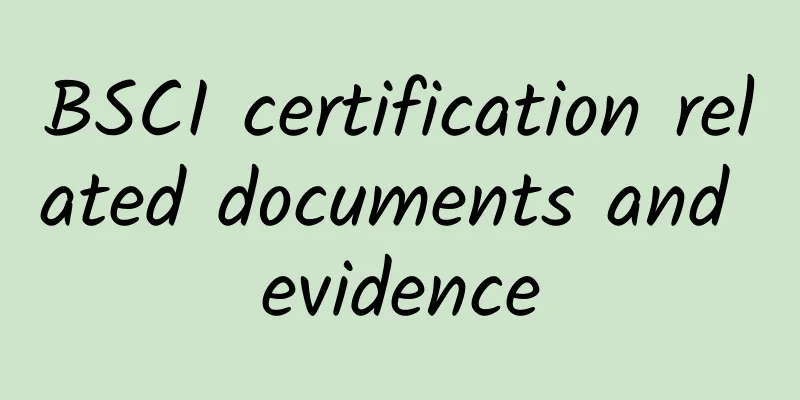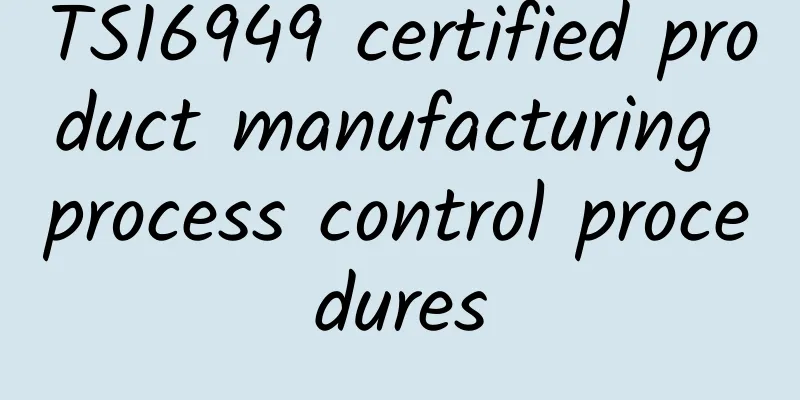Purpose and requirements of ISO14001 environmental management system initial environmental review
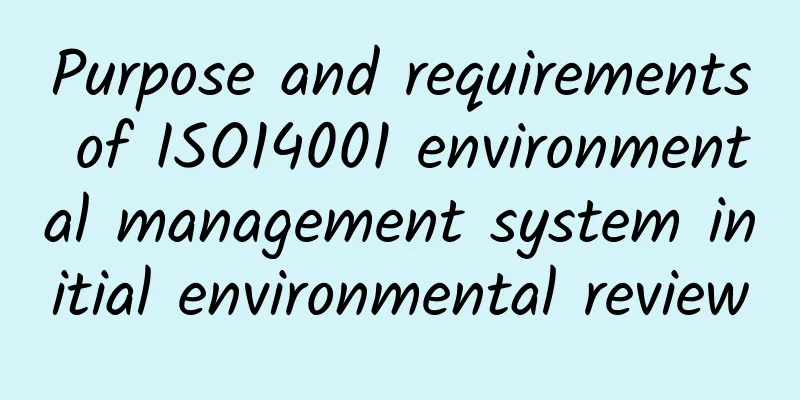
|
Purpose and requirements of ISO14001 environmental management system initial environmental review The initial environmental review is aimed at enabling the members of the organization, especially the decision-makers of the organization, to clearly understand the purpose of the environmental management system; correctly grasp the accurate position of the organization in the entire environment; fully understand its own strengths and weaknesses in environmental protection; and make the environmental management system to be established and the environmental management work to be carried out clear in direction, prominent in focus, and effective in behavior. More precisely, it is to make the organization and its decision-making departments and even every employee know which products, activities and services are beneficial to the environment and which are harmful, and why? Where should we start in establishing the environmental management system and how to improve it? At the same time, it also provides a basis for decision-making for judging important environmental factors, determining target indicators, and formulating environmental management plans in the future. Although ISO14001 certification does not require an initial environmental review, and the review body does not consider it as a necessary condition for certification, and the initial environmental review may not meet the elements of identifying and evaluating all environmental factors, it is very important for organizations that are establishing and implementing an environmental management system for the first time to do a good job of the initial environmental review. The initial environmental review can be divided into two stages in terms of work progress, namely, identifying environmental factors and evaluating important factors. The former requires more personnel participation, while the latter is completed by professionals and management personnel. After the initial assessment is completed, at least: 1. Identify all environmental factors of the enterprise; 2. Understand the laws and regulations used by the enterprise and their current implementation status; 3. Evaluate important environmental factors and propose management requirements. |
<<: Benefits of ISO9000 Standard to Enterprises
>>: The difference between ISO9000 and ISO9001
Recommend
New Balance Introduction
New Balance Introduction New Balance is headquart...
How to sell well on eBay? Where to start?
Many new eBay sellers may still be unfamiliar wit...
How to optimize eBay keywords?
eBay keyword optimization is related to the store...
What does e-commerce factoring mean? What is the process of e-commerce factoring?
What does e-commerce factoring mean? Factoring bu...
What is Ecer? What technologies does Ecer have?
What is Ecer? Leteng Tianxia Advertising Media (e...
After seeing these, do you still think that fire safety acceptance has little significance for Sedex factory inspection?
In March 1991, a fire broke out in the Triangle Un...
Do a good job in blog marketing strategy to create accurate traffic
Blog marketing is a knowledge resource based on p...
What is Giteki? What materials are needed for Giteki certification?
What is Giteki? Japan's Radio Law clearly sti...
What is Frontier? What services does Frontier offer?
What is Frontier? Frontier Car Group (FCG) is a B...
SEDEX Member Certification Notes
First of all, anyone who wants to become a member...
GRS factory audit related environmental part list
GRS factory audit environmental policy. 36. Envir...
How about Dianchuang Intellectual Property? What are the advantages of Dianchuang Intellectual Property?
How about Dianchuang Intellectual Property? Shenz...
Inventory Performance Index—IPI
What is IPI? IPI (Inventory Performance Index) re...
What is the payment process of Stripe? What is the Stripe fee?
Recently, many friends have asked me about the pa...
The role and status of ISO14000 environmental certification
Environmental certification ISO14000 certificatio...
